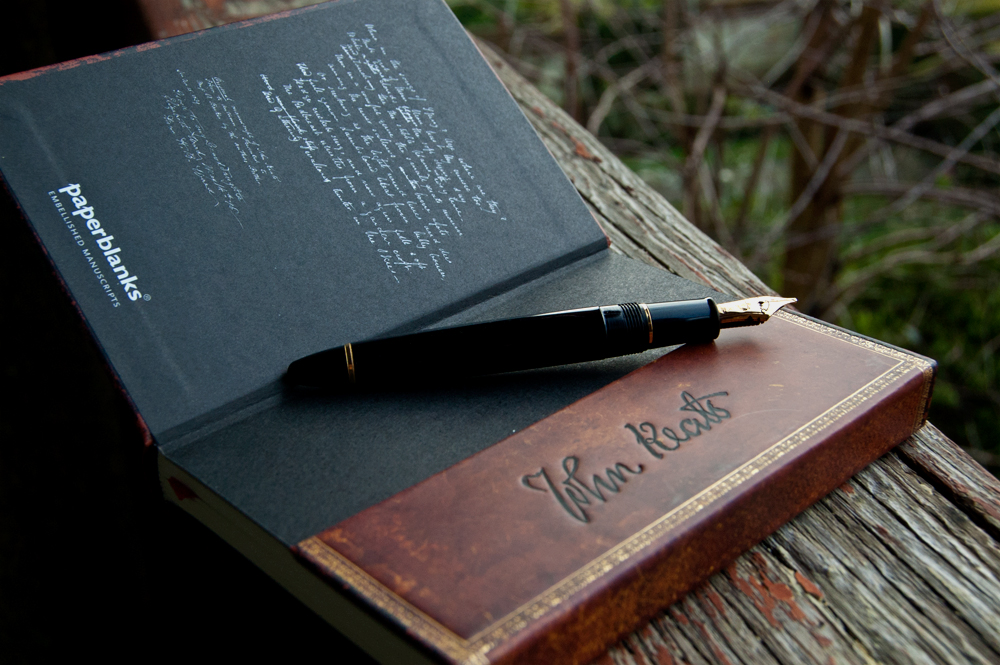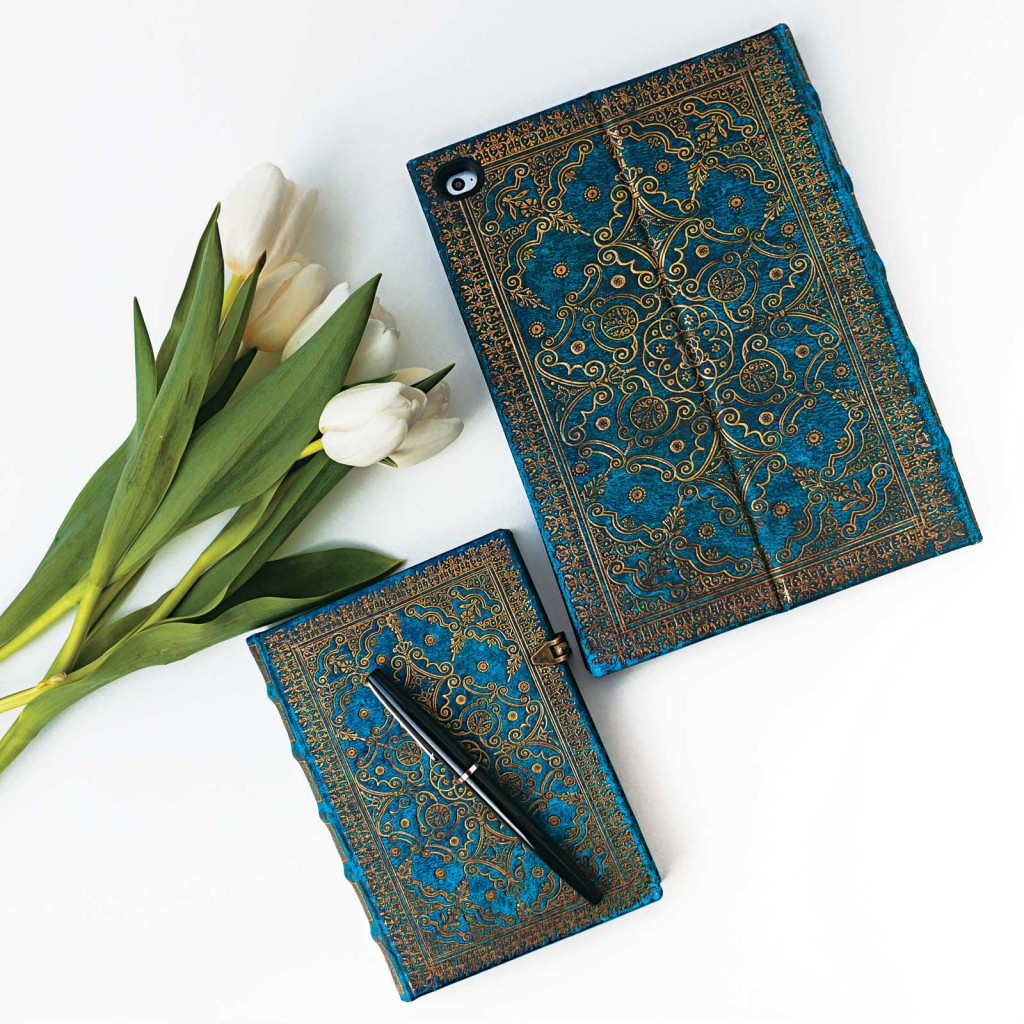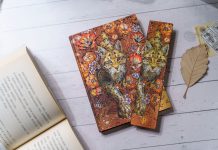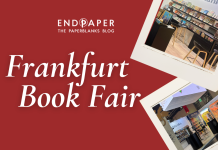Is this the spring you plan to get into poetry? It’s never too late to develop a new writing skill, but it can feel a bit overwhelming when diving into an entirely new creative writing world. To help get you started, whether to better your own poetry writing or just appreciate a new art form, here is a quick guide to twelve essential poetic forms.
Acrostic
You probably remember these as “name” poems from elementary school. The first letter of each line, when read in order, has been selected to spell out a word or phrase that sends a message to the reader and, usually, connects to the poem’s theme.
Famous Example: Lewis Carroll’s “A Boat Beneath a Sunny Sky” spells the name of the original Alice in Wonderland. For a pop culture reference, check out the Simpsons episode “My Mother the Carjacker” for a newspaper article version of an acrostic poem.
Ballad versus Ballade
Perhaps surprisingly, “ballade” is not simply the French word for “ballad.” In fact, these are two very different types of poems! A ballad is a lyric poem that comes from the tradition of narrative songs that were passed down orally from one generation to the next. They often recount tragic or heroic tales and place emphasis on a central dramatic event.
Famous Examples: “The Lady of Shalott” by Alfred, Lord Tennyson and “The Rime of the Ancient Mariner” by Samuel Taylor Coleridge are iconic ballads.
In contrast, a ballade is an Old French verse usually consisting of three eight-line stanzas and a four-line envoy (a short stanza at the end that comments on the events of the poem itself).
Famous Example: Dorothy Parker wrote many ballades, including “Ballade of Unfortunate Mammals” in which she helpfully points out l’envoi for her readers.
Concrete
If “regular” poetry doesn’t seem visually appealing to you, a concrete poem might be your ideal form! Using an element of the poem’s theme as inspiration for typographical arrangement, a concrete poem forms an actual visual image, as well as a lyrical one.
Famous Example: “Swan and Shadow” by John Hollander is a strong example of how the physical arrangement of a poem can enhance the reading experience.
Couplet
A couplet is the foundation of countless poems. A pair of rhyming lines, usually of the same length, a couplet can be “closed” when forming a complete sentence or can be strung together in a “heroic couplet” written in iambic pentameter, creating a longer story.
Famous Example: Alexander Pope is one poet who truly embraced the couplet, incorporating it into much of his poetry including “Couples on Wit.”
Didactic
Think of didactic poems as being poetry with a purpose: they can provide instruction in morality, philosophy and religion or in the arts and sciences.
Famous Example: Rudyard Kipling’s tribute to Leander Starr Jameson, the poem “If—,” is a didactic piece that functions as paternal advice to Jameson’s son and offers personal guidelines to which all young men should aspire.
Elegy
A traditional English melancholic poem, often lamenting someone’s death but providing comfort. Dirges, laments and other poems of mourning can be categorised similarly.
Famous Example: W.H. Auden memorialised a fallen master in “In Memory of W.B. Yeats.”
Epic
Looking at the size of Homer’s Odyssey or Iliad you may think you are reading a novel, not a poem. But long, narrative stories such as these, in which a heroic protagonist engages in action of mythic (or historical) significance, are indeed poems.
Famous Example: To go with something we haven’t already mentioned, try reading the Old English epic poem “Beowulf” (there are only 3182 lines!).
Free Verse
Exactly what it sounds like, free verse poetry more closely follows the natural rhythms of speech than any rigid line or rhyme structure.
Famous Example: The poetry of Walt Whitman, Ezra Pound and Emily Dickinson can largely be categorised as free verse. For a less well-known example, read Li-Young Lee’s “Little Father.”
Ode
These formal lyric poems are written as celebrations of a person, place, thing or more general idea (even a season!). The stanza structure can vary and so there are many sub-forms of odes, including the famous Pindaric ode, set to music and celebrating athletic victories in ancient Greece.
Famous Example: When it comes to odes, John Keats remains king. Try his “To Autumn” (reproduced on our Keats Embellished Manuscript above!) as an introduction to how these ceremonial poems do not just have to celebrate a loved person.
Quatrain
Probably the most famous and often-used poetic form, the quatrain is a four-line rhyming stanza following one of six rhyme schemes: ABAC or ABCB (the unbounded or ballad quatrain), AABB (double couplet), ABAB (interlaced, alternative or heroic), ABBA (envelope or enclosed) or AABA.
Famous Example: There are endless examples of quatrain poems, so we are going to suggest a personal favourite: Robert Frost’s “Stopping By Woods on a Snowy Evening,” an example using the AABA quatrain.
Sonnet
A sonnet is a fourteen-line poem centering on a single theme and written using a standard rhyme scheme (often iambic pentameter).
Famous Examples: If Keats is king of odes, then sonnets belong to William Shakespeare. Try “Sonnet 126: O thou, my lovely boy, who in thy pow’r” or “Sonnet 130: My mistress’ eyes are nothing like the sun” to get started.
We Didn’t Forget You, Haiku and Limerick Lovers!
Don’t worry, we left these types of poems off this list for a reason. If you are especially drawn toward haiku (Japanese, seventeen-syllable poems) or limericks (humorous five-line verses), check out these previous posts devoted to them:
- Writing Wednesday: 17 Things You Should Know About Haiku
- Writing Wednesday: Celebrating the Marvellously Mischevious Limerick
What Do You Think?
What types of poetry have you experimented with? Did we leave your favourite off the list? Let us know your thoughts and share your own poems in the comments below!
About Paperblanks®: At Paperblanks, we believe that art should have a place in all aspects of life. That’s why we follow the artist’s way in everything we do – creating, crafting and releasing designs we believe have the power to touch people. For more about Paperblanks, go to our website at paperblanks.com.









Though they are very hard to write, I enjoy the pantoum and the villanelle because of the repeating lines which often adds layers of meaning when they are repeated in the various stanza.
It’s hard to narrow to a favorite poem because I love so many. I really enjoy Marianne Moore’s poem called “Poetry.” Billy Collin’s poems are very accessible. Frost and Dickinson are also delightful!
Thanks for these recommendations! Poetry can sometimes feel daunting for first time readers (not to mention writers), so these are great suggestions for places to start 🙂